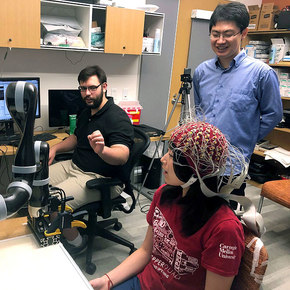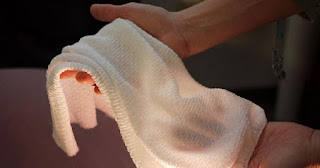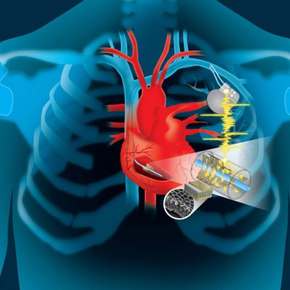New Cityscapes: Buildings of Wood

"Engineered Wood" as the Most Sustainable, Superior Building Material Source: Iceland FABRIC, Portland's Sideyard Apartments, Maine's Ecology School, London's Dalston Works Apartments, Zurich Airport Terminal Purpose: Fight Climate Change & Fires Future cities built of high tech, fire-resistant, non-combustible, lightweight wood could help reduce the ravages of Climate Change and be the best defense against destructive fires. That is the startling but growing conclusion among numbers of global architects and engineers. There's a growing belief that wood, specifically cross laminated timber (CLT), is a superior and more sustainable building material than the concrete and steel that are currently used. One of the biggest proponents of this new thinking is the prestigious Potsdam Institute for Climate Change Research in Germany. There are increasing global examples of CLT buildings including Iceland's mix use FABRIC, Portland, Oregon's Sideyard...





